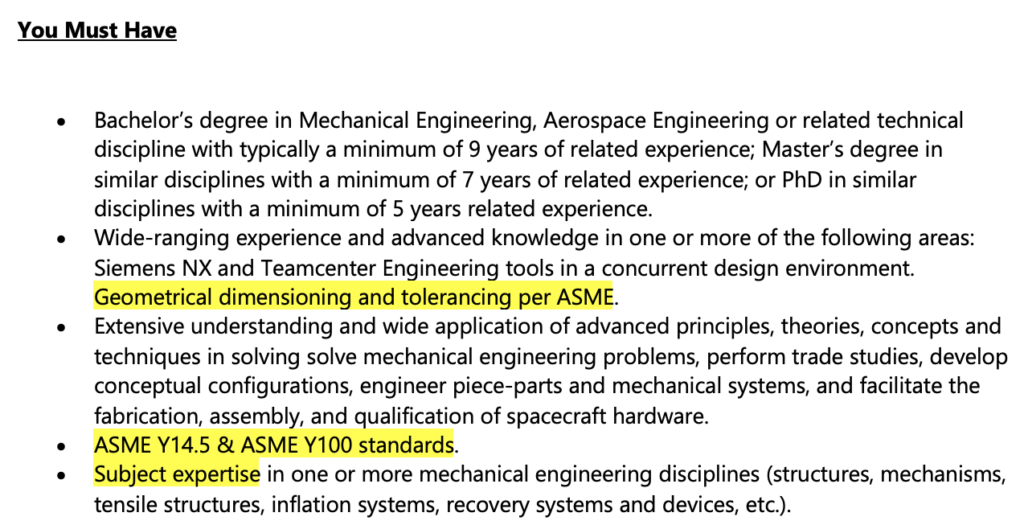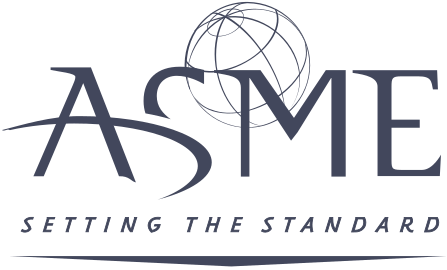
Engineering Standards Overview
February 29, 2024Chances are, at this point, your company has made efforts to utilize engineering standards. Mechanically speaking, does your company have multiple configurations of one component? Is there one parameter that mainly varies between each configuration – such as shaft size or pipe diameter? Are all subsequent dimensions in your layout based off of that one main parameter?
Does your company create a drawing for each new engineering design?
If so, your company is setting money on fire.
Then there’s no need to have so many different drawings, if there is only one main parameter that is different.
For example, let’s say for our rotary system, the main component that changes is shaft size. As a function of the shaft size change, there will be many differences in dimensions such as grooves, holes, hubs, casings, etc.
What if I told you that if you spend upfront effort doing something once, then not having to worry about it again – you will save yourself and your company thousands, ten thousands, or hundreds of thousands of dollars. (Maybe even millions!)
Are you looking into making your engineering company profitable?
Look into standardizing, because it’s the name of the game.
Engineering Standards Applications
Refrigerators

Source: General Electric – Refrigerators
Engineering standards can apply in any setting where a part is produced repeatedly. Say we’re a company that specializes in thermodynamics, such as GE, selling refrigerators. GE offers multiple types of refrigerators, so there are going to be differences in parts. But overall, the internal components stay the same. The external components such as the handles or the padding may even stay the same between product lines.
Wind Turbines

Our favorite source of renewable energy – wind turbines are a great example of how standardization can be applied. Given our inputs and requirements, it is possible to pre-engineer a series of blades and shafts to meet certain operating conditions. This saves time and money by not needing to do engineering work. As we’ve said before, engineering hours are expensive.
Cars

Toyota Camry
Toyota was what really brought forward the implementation of 5S as a whole. Back in the days when manufacturing for automobiles was done at the Ford Factory, Toyota’s President, Kiichiro Toyoda’s and chief engineer Taiichi Ohno took a visit. They were absolutely stoked at the amount of waste in terms of manufacturing sequencing. (LINK)
Fast forward to now, many of the components such as tires, shafts, panels are all standardized. The processes in creating each component and assembling them together are standardized. Toyota would not be as efficient and you would not see so many of these economic vehicles out on the road if it weren’t for these engineering standards they have placed.
Engineering Standards Outlook
Engineering standards are not going away. Without engineering standards, processes would go out of order, mistakes would be made, and money would be lost. Many failure board analysis done in the industry all end up attributing those failures to human error.
You will need to be familiar with standards as an engineer, as job descriptions usually call them out.
Refer to sample job posting by NASA for a Senior Mechanical Design Engineer:

How exciting, a job at NASA that requires a solid engineering skill set.

Case and point, you see standards such as GD&T per ASME.
Mechanical Engineering Standards You Need To Refer To
ASME – American Society of Mechanical Engineers

Refer to ASME for mechanical engineering standards such as pressure vessel requirements and even GD&T. In pressure vessel design, ASME standards call out requirements for welding. Welding is critical because the welding is responsible for the integrity of said pressure vessel. If the welds fail, the pressure vessel fails. This is just one example, and there are multitudes of standards within ASME.
ANSI – American National Standards Institute

A standardization community responsible for many mechanical engineering definitions such as but not limited to sizes, thicknesses, and allowable stresses. If we use oil and gas as an example, ANSI provides flange dimensions for certain pipe sizes and even centerline stickup dimensions for integration to facilities.
Hydraulic Institute
The global authority on pumps and pumping systems. Defines pump testing requirements, dimensional configurations, geometry, hydraulics. Pretty much all things hydraulics.
API – American Petroleum Institute

Trade association that represents Oil and Gas in the US. Defines acceptable stresses of a mechanical system under operating conditions, dimensions, thicknesses, and configurations and more. All things oil and gas.
About the author

Kazuyoshi Fujimoto, PE
Founder | Engineering Career Coach | Principal Mechanical Engineer
Kazu oversees all of ultmeche’s engineering services. He provides consulting such as resume reviews, rewrites, mock interviews, and all services career related. Additionally, Kazu performs consulting work regarding Oil & Gas, Automotive, and Aerospace & Defense. Kazu is licensed as a professional engineer in the state of California and has 9+ years of experience in Oil & Gas, Automotive, and Aerospace & Defense.

3 thoughts on “Engineering Standards (Lean 5S)”